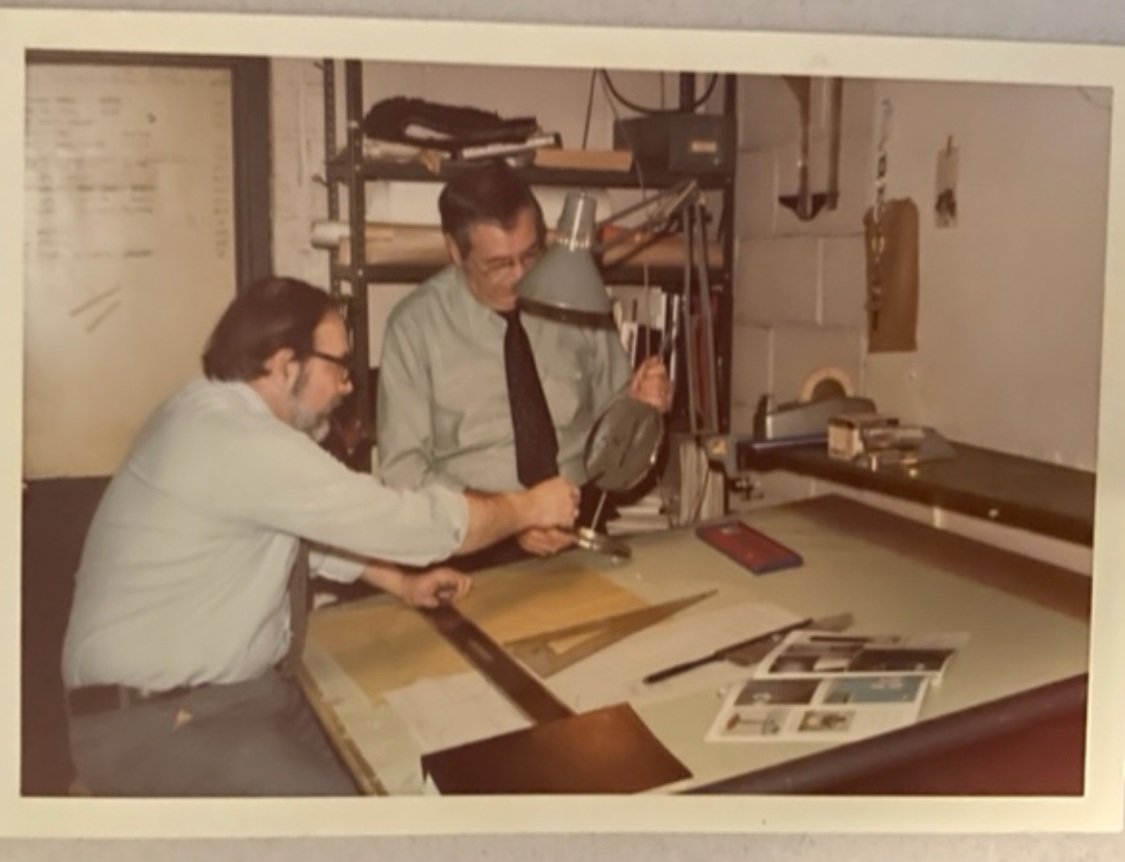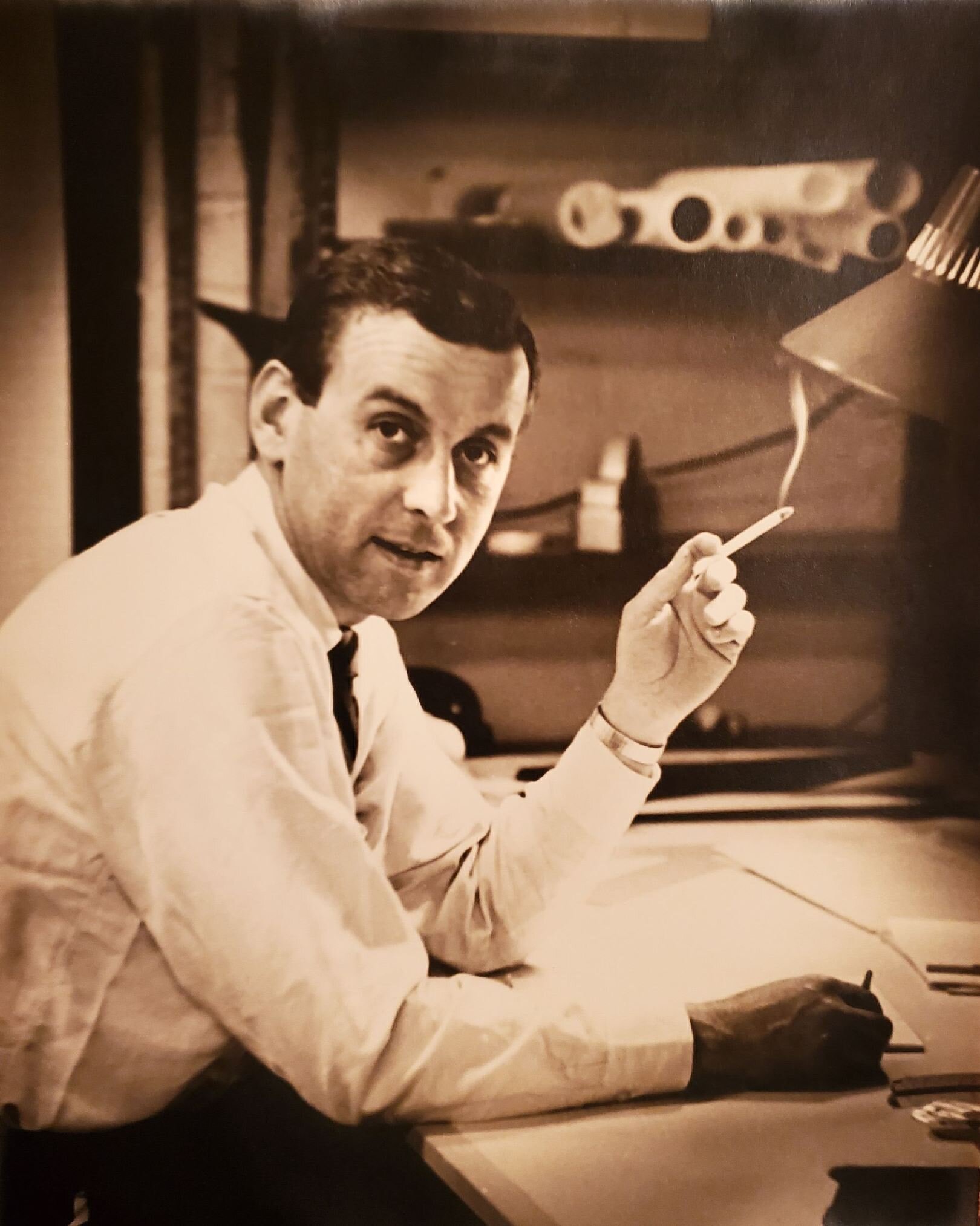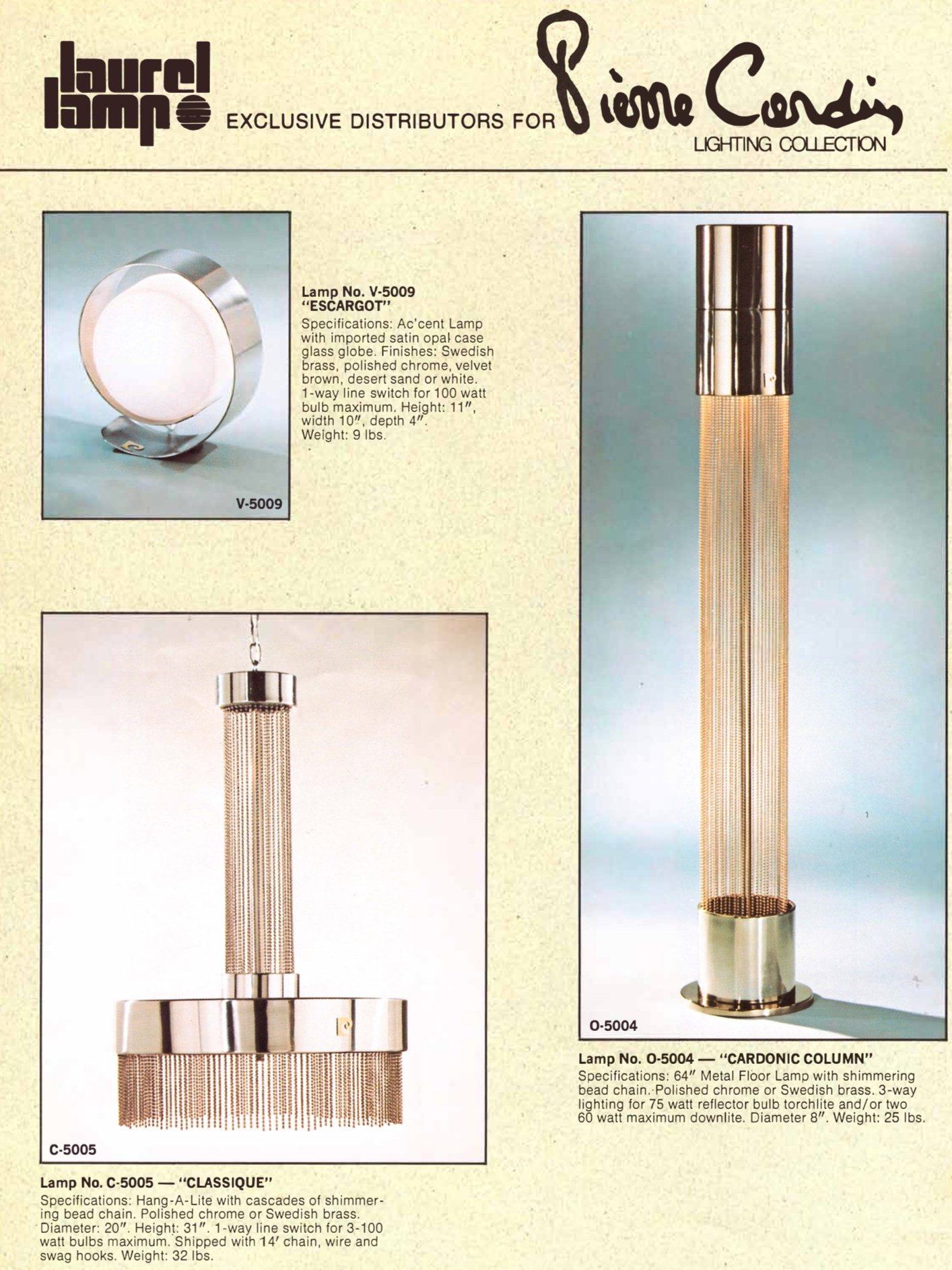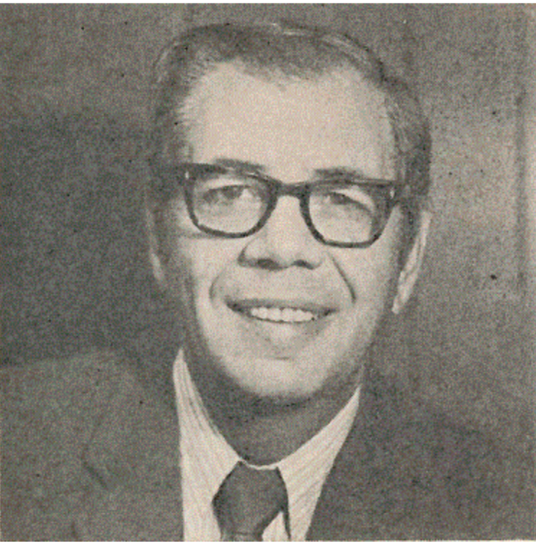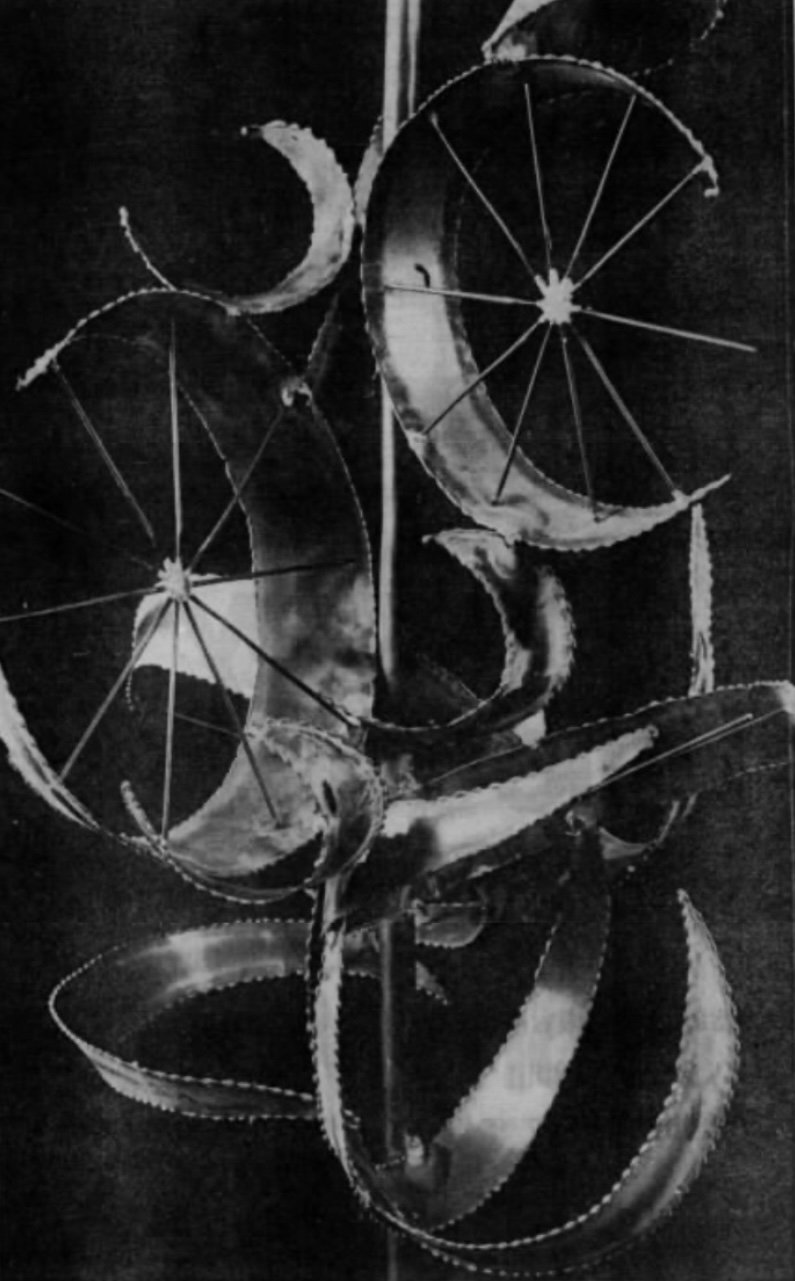
Laurel Designers
Throughout its nearly 40 years manufacturing lamps and lighting fixtures, the Laurel Lamp Company produced thousands of unique designs.
From Laurel’s inception in 1946 until 1979, all of Laurel’s design and manufacturing work was overseen by co-founder and Laurel Lamp Company president Harold J. Weiss. Harold Weiss and Richard Barr served as Laurel’s primary designers from the mid 1960s to the late 1970s. Richard Barr is credited with creating some of Laurel’s most iconic designs - including the Laurel mushroom lamps and a series of “brutalist” sculptural lamps.
The Laurel Lamp Company maintained full-time staff designers and also employed freelance designers to keep the company at the forefront of modern home furnishings.
Throughout its history Laurel also famously collaborated with internationally recognized designer Pierre Cardin, the historic House of Salviati in Murano, Italy, and Bijan of California among others.
To date our non profit foundation has verified documentation showing that the following designers created pieces for the Laurel Lamp Company: Harold J. Weiss, Max Weiss, Murray Weiss, Fred Kaufman, Gulbransen, Marion Weber, John Gartman, J. Gordon Perlmutter & Associates, Richard Barr, Martin “Marty” Leiman, Frank Smith, Bijan J. Bijan, Pierre Cardin (collaboration), & the House of Salviati.
History of Laurel Designs
The first prototype for a Laurel Lamp was designed by Fred Kaufman in the mid 1940s. At the time, Kaufman was a designer for the Ronson Lighter Company. Initially, Laurel co-founders Max and Murray Weiss also contributed to Laurel’s early designs.
Early 1950s newspaper articles show Laurel had several designers on staff and also collaborated with a Swedish designer known as “Gulbransen”.
In the early 1950s, Marion Weber, Laurel’s only known female designer, created a lamp design for Laurel that was so well proportioned that it “mothered” dozens of other Laurel designs and was in production for over 25 years. Weber’s design Laurel #L-313 typifies Laurel’s modern design aesthetic and instantly became one of Laurel’s distinguishing design features. Despite her contributions to the company, our non-profit foundation has been unable to uncover anything about Weber’s life or other design work.
In 1953 John Gartman designed Laurel model # O-358 commonly referred to as Laurel’s trombone lamp due to its resemblance to the instrument. Gartman’s NYT obituary shows he was a graduate from Parsons School of Design and specialized in lamp design.
Beginning in the 1960’s Laurel began working with the design firm J. Gordon Perlmutter & Associates based in Plainfield, New Jersey. Perlmutter was an accomplished furniture designer who’s clients included Brandt Cabinet Works, the Thomasville Chair Company, Westinghouse, and the Laurel Lamp Company among others.
One of Laurel’s designers, Richard Barr first designed for Laurel as an associate while he worked under J. Gordon Perlmutter in the late 1950s. Barr eventually became one of Laurel’s primary designers in the early 1960s and had several of his own lighting collections for Laurel spanning until the late 1970s.
Another J. Gordon Perlmutter designer from the late 50s, Martin “Marty” Leiman also created lamp designs for Laurel.
Later on in the mid 1970s, Leiman designed Laurel #H-1053 commonly referred to as the “brush stroke” lamp. In 1978 Leiman is credited with designing 5 new pieces for Laurel which were displayed at the 1978 Los Angeles Furniture Mart.
Newspapers show Frank Smith designed a lamp for Laurel in 1960.
In the late 1960s, Laurel collaborated with famed Iranian born designer Bijan J. Bijan known professionally as Bijan of California to create the “Bijan Collection for Laurel” consisting of several unique sculptural lamps.
In 1971 Laurel’s president Harold Weiss, partnered on a lighting collection with the House of Salviati - a renowned Italian glass maker from the Island of Murano in Venice.
In 1977, Laurel collaborated with famed French designer Pierre Cardin on a line of exclusive lamps further solidifying Laurel’s international reputation in the lighting industry.
To learn more about Laurel’s collaborations with the House of Salviati or Pierre Cardin click on the links below.
——
Unfortunately, many Laurel lamp designs have been misattributed to various designers with no known or documented affiliated to the Laurel Lamp Company. Despite our Foundation’s ongoing efforts, these misattributions are commonplace on well established high-end auctions houses as well as popular internet auction sites alike.
This website contains a full list of designers with documented affiliations to the Laurel Lamp Company.
Please feel free to contact our nonprofit Foundation for help authenticating your Laurel piece or for more information on Laurel designers. Learn more about how to submit your piece for authentication from our team click here.
To learn more about how to identify Laurel Lamps click here
Harold Weiss oversaw all design and manufacturing work at Laurel from its founding in 1946 until 1979.
Harold Weiss (right) pictured with Martin “Marty” Leiman (left) who is credited with multiple Laurel designs.
Two Laurel lamp designs from the 1950s designed by John Gartman. Laurel Lamp Model No. O-358 (pictured bottom left) remained in production over 20 years. (Source: Progressive Architecture, July 1955; page 139).
A 1973 article from Home Lighting & Accessories Magazine (formerly Lamp Journal) showcasing two Laurel designs celebrating their 20th year in production.

